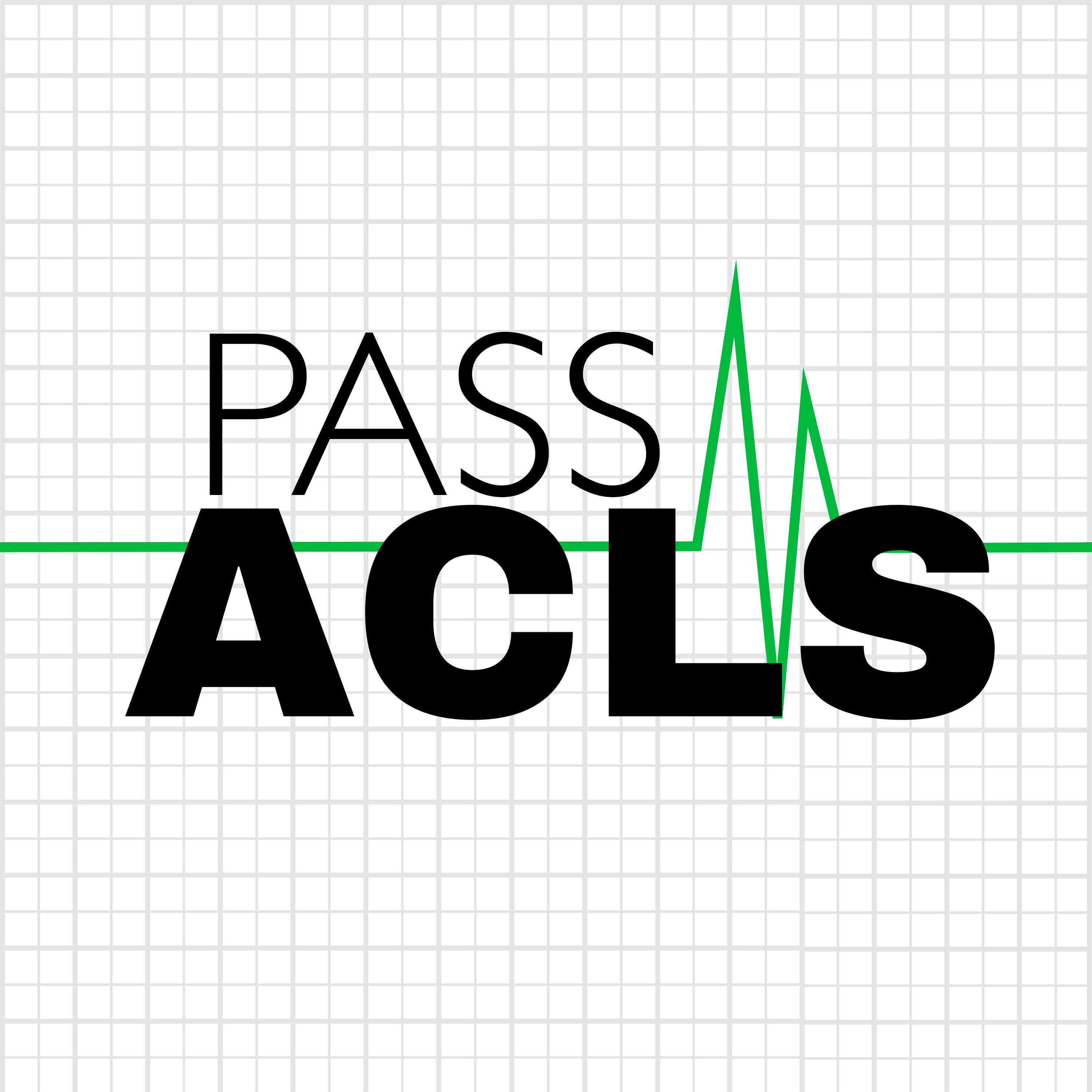Defibrillation & Synchronized Cardioversion Energy Settings
Description
Remembering all the different energy setting needed for synchronized cardioversion and defibrillation used to be confusing for a lot of people.
Defibrillators can be broken down into three basic categories:
1. Automated External Defibrillator (AED);
2. Biphasic defibrillators; and
3. Monophasic defibrillators.
Use of an AED to rapidly deliver a shock.
Advantages & use of Biphasic defibrillators.
For monophasic defibrillators, use 360J to defibrillate V-Fib or pulseless V-Tach.
AEDs must not be used on patients with a pulse.
Cardioversion of patients in unstable SVT or V-Tach with a pulse using biphasic vs monophasic monitor/defibrillators.
Team safety when performing synchronized cardioversion.
Energy needed to cardiovert unstable patients with a narrow vs wide complex tachycardia.
Connect with me:
Website: https://passacls.com
@PassACLS on X (formally known as Twitter)
@Pass-ACLS-Podcast on LinkedIn
Give back & help others. Your support will help cover the monthly cost of software and podcast & website hosting. Donations made via Buy Me a Coffee at https://buymeacoffee.com/paultaylor are appreciated.
Good luck with your ACLS class!
More Episodes
The tongue is the most common airway obstruction in an unconscious patient.
For patients with a decreased level of consciousness that can't control their airway, yet have an intact gag reflex, the nasopharyngeal airway (NPA) should be used as an alternative to the oropharyngeal airway...
Published 06/21/24
Published 06/21/24
When blood, or other fluids, accumulate in the sac around the heart it’s called a cardiac tamponade or pericardial tamponade.
The effects of tamponade on the electrical system and chambers of the heart.
Cardiac tamponade can be acute or chronic and caused by traumatic, iatrogenic, or...
Published 06/20/24


